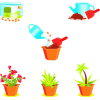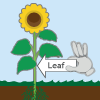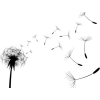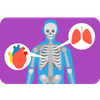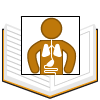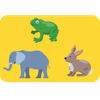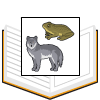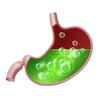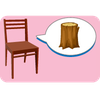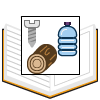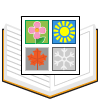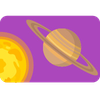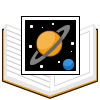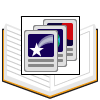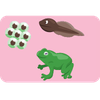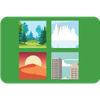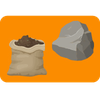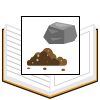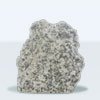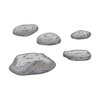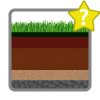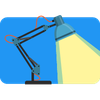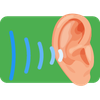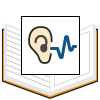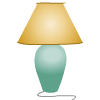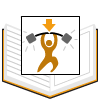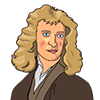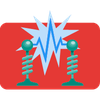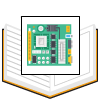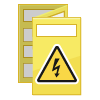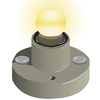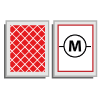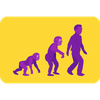Teaching Science with 2Simple
Feb. 20, 2024
Working Scientifically
Working scientifically includes developing skills such as questioning, observation, identifying and classifying, gathering and recording data and performing tests and investigations. Within Purple Mash, there is a Fair Test template and a Comparative Test template.
The comparative test template includes definitions of key terms that children should include and sentence starters to help with their writing. These can be edited within Teacher View and can be added to the 'Think about' section of the Fair Test template if needed. This helps to provide scaffolding for any children who may need it.
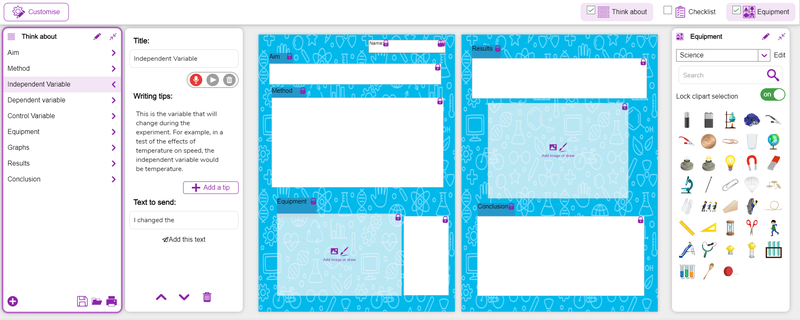
Plants
Studying plants is great to do in the Spring or Summer months to grow plants with your students. You may want them to focus on their observational skills and complete a Plant Diary. They could then describe how plants grow with the Growing Plants template. Older children might be writing about seed dispersal or the adaptation of plants. As well as writing templates, there are interactive activities and quizzes to develop children's learning. They can label plants, and label the parts of a flower, classify plants, and complete quizzes on evergreen and deciduous trees.
You'll also find the non-fiction text by DK Learning, The Lifespan of a Plant, useful for teaching this topic.
Animals, including Humans
In this inquiry focus students might name and classify animals, learn all about the different parts of the body, learn about human development and look at food chains. The Purple Mash folder on The Human Body is full of helpful resources to teach about muscles, the skeleton, the digestive system, teeth and more. Children might use some resources in the Animals folder to explore animal needs and what they eat, and older year groups might be ready to classify animals.
For a great end-of-lesson or end-of-unit task, why not try one of the quizzes?
Materials and States of Matter
For the study of materials and their uses within Design and Technologies there are some experiments within Purple Mash for students to work through:
- Compare the Materials - Fair Test
- Floating or Sinking?
- Are they Magnetic?
- Absorbency Experiment
- Surfaces Experiment
- Friction Experiment
Pupils can also write about magnets; solids, liquids and gases; irreversible changes and reversible changes. They could even create an animation - check out the example animation of playdough being squashed.
If your school doesn't currently subscribe to Purple Mash, you can get a free trial here.
Seasonal Changes, Earth and Space
In Purple Mash, there are activities for students across the age levels. Here are some to explore:
Younger learners
- Explore each of the seasons:
Spring, Summer, Autumn and Winter - Learn about the seasons using the Seasons ebook
- Create a 2Connect of Weather Types - use it for a display or to refer back to at the end of the topic
- Show how these trees look in each of the seasons
- Use the pictures towrite about the seasons
- Match the season names to the weather and types of clothing with our printable worksheet
Upper Primary
- Label and colour the planets with this printable worksheet
- Use the printable planet fact cards to find out more about each planet
- Create a leaflet about the Solar System
- Answer questions about the Planet Database with this Database Quiz
- Write a report about a trip to the moon
- Write a fact file about Galileo Galilei
Living Things and Their Habitats
This inquiry can focus on identifying, comparing, grouping and classifying living things. Any life cycle resources can be found in the Change Science folder on Purple Mash, and there is also a whole folder for habitats resources, including a DK Learning text, All About Animal Habitats, complete with corresponding resources.
Rocks
Looking at rocks, soils and fossils students will learn and be able to write about the different types of rocks and their properties. They will also learn about how fossils are created and could create a leaflet about the stages of fossilisation. Students can research more about fossils using the DK Learning text, What Can We Learn About Fossils?, and then complete the quiz. There are also other quizzes and printable resources for them to use.
If researching a scientist within this topic, then Mary Anning is the perfect choice! Students can create their own fact file about Mary Anning on Purple Mash. All of these resources are included in a subscription to Purple Mash - if you're not a subscriber, you can give it a go with a free trial.
Light and Sound
Students beginning to learn about light can identify light sources and draw arrows to show how light helps us see. When learning about sound, students can label the parts of the human ear, and conduct a sound experiment.
Forces and Magnets
There are lots of different activities on Purple Mash for children to get involved in with when learning about forces and magnets:
Year 3-4 students
- Conduct the Are They Magnetic experiment
- Write about what you have found out about magnets
- Conduct a Friction Experiment
Year 5-6 students
- Show Forces in Action with the three templates
- Write about Sir Isaac Newton
- Complete a quiz about gravity
Electricity
Students learning about electricity explore electrical safety, how a bulb works in a circuit, components and symbols for circuits and go onto create series circuits. In Purple Mash, there is an investigation you might like to do with your class, investigating conductors and insulators.
When you have finished teaching your topic, you might want to check how much your students have remembered with the electricity quiz and electrical symbols pairs game.
Evolution, Adaptation and Inheritance
Learning about evolution, adaptation and inheritance students will build on the knowledge about fossils and will discover how living things have changed over time. Students can learn about the work of Charles Darwin and write a fact file about him in Purple Mash, as well as creating an interview with him. They could even write a postcard from the Galapagos Islands, talking about his discoveries and theories. Children can write about the adaptation of animals and the evolution of humans.
There are also quizzes and cloze activities to choose from, as an end-of-unit knowledge check.
If you want to try any of the resources listed above, you can get a free trial and see how much time Purple Mash can save you!


